One of the first things that we learn when driving is to pay attention to the temperature gauge. It is very concerning when your car starts to overheat when it is idling. What could the cause of this be, and how can we fix it? We have researched this topic, so you have all the answers that you need!
A rising temperature gauge when you are idling can usually be explained by one thing or a combination of items from the following:
- Low Coolant
- Bad Thermostat
- Stuck Thermostat
- Bad Radiator Cap
- Failing Radiator
- Bad Hoses
- Failing Radiator
- Bad Water Pump
- Bad Belts
- Faulty Fan
Several things can cause this condition with the temperature of your vehicle, but these are the most common.
When you see the temperature gauge rising, you may get a sinking feeling in your stomach but have no fear. We put this article together to try and make things a little bit easier. Read on to find out more about what you can expect if your temperature is rising while idling.
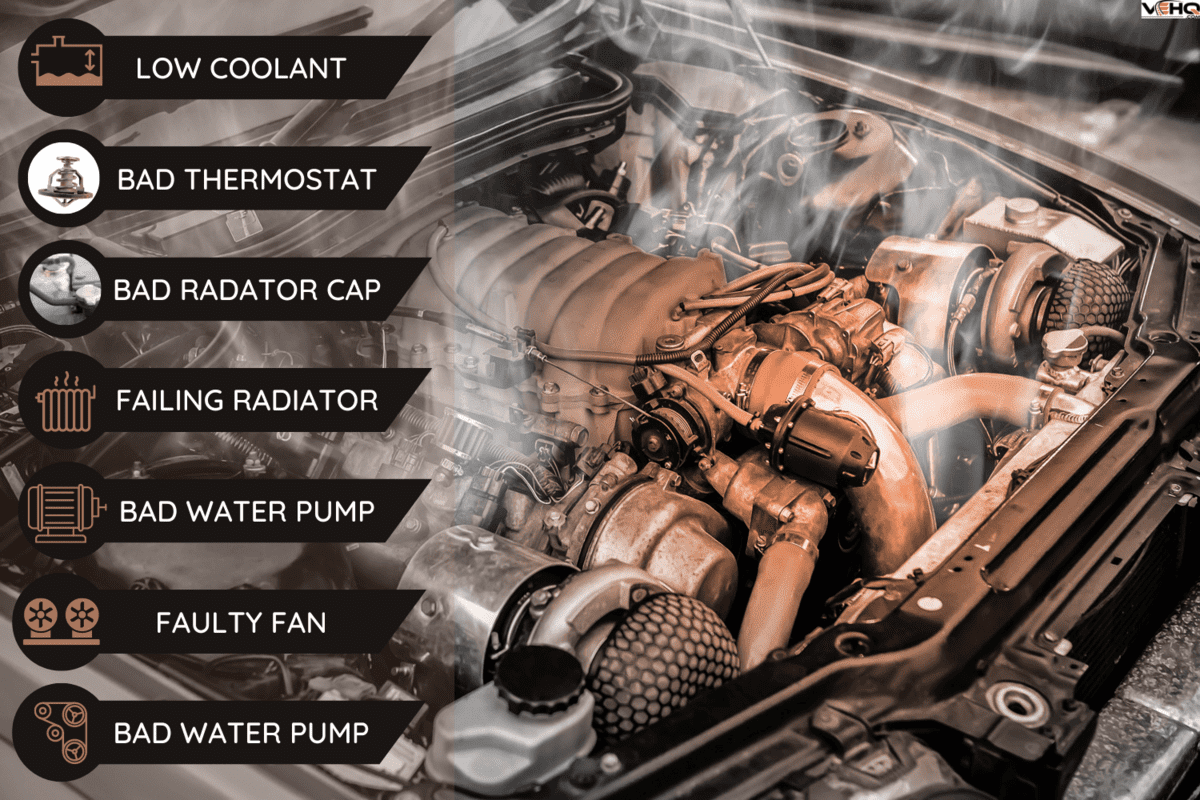
Car Temperature Gauge Goes Up When Idling
You may notice that the temperature on your vehicle only rises when you're idling, and here's why. When your car is moving, the air is passing across the fins of the radiator. When that happens, the heat is taken away from the liquid coolant on the inside of the radiator. When your car is stopped, the air is not moving across the radiator, and you may notice that your temperature goes up.
If it is a scorching day outside, you may not have cause for concern, the high temperature outside can cause the gauge of the vehicle to rise because the air flowing through the system is much hotter than usual. Typically this will not make your temperature gauge climb to the danger zone, though.
Several things can cause your temperature to rise when you are idling. This list will help you determine a place to start troubleshooting the issue. The most common reasons for the car overheating when idling are:
- Low Coolant
- Electric Fan Issues
- The air in the Cooling System
- Bad Belt
- Cracked Hoses
Low Coolant
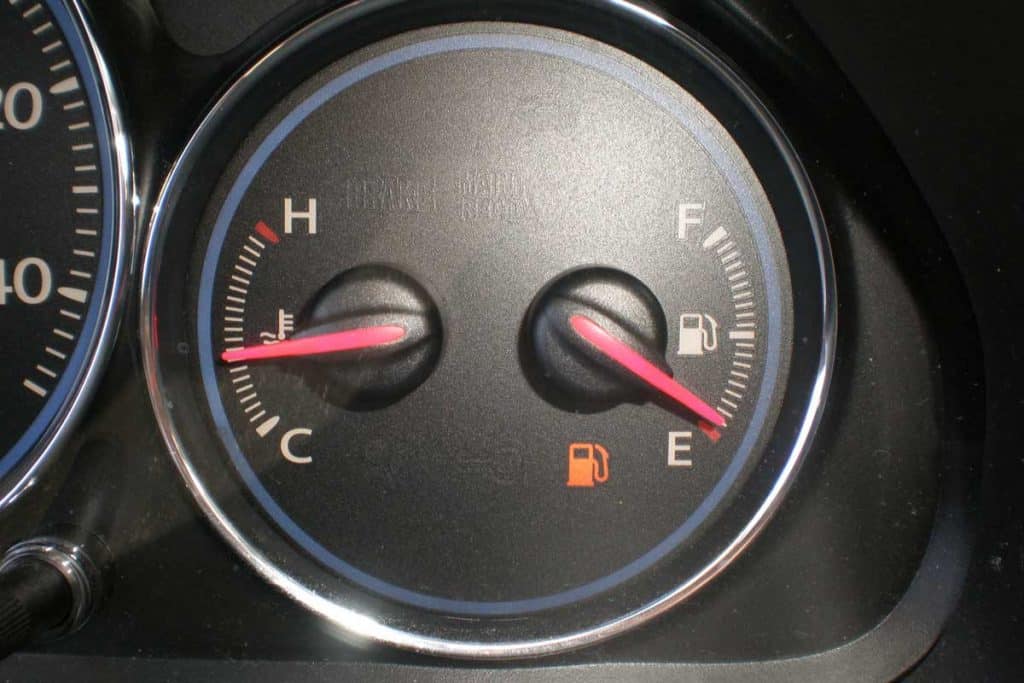
The coolant or antifreeze system in your vehicle requires a certain amount of fluid in it to function correctly. If the fluid level has shifted in the system, your car may not be cooling down appropriately. What you will want to do then is to locate your radiator cap, or if your vehicle doesn't have one, look for the coolant reservoir and check the fluid level.
Caution! Always shut your car off and wait until it cools down before removing the radiator cap. NEVER attempt to remove it when your vehicle is overheating, as boiling fluids can erupt from your radiator, causing severe burns!
If your coolant level is low, then you should fill it up. Make sure that you have the correct coolant for your vehicle most auto parts stores should be able to help you with this, and if you have the owner's manual of the car, it should be easy to locate.
Learn the dangers of driving with a low coolant here.
Electric Fan Issues
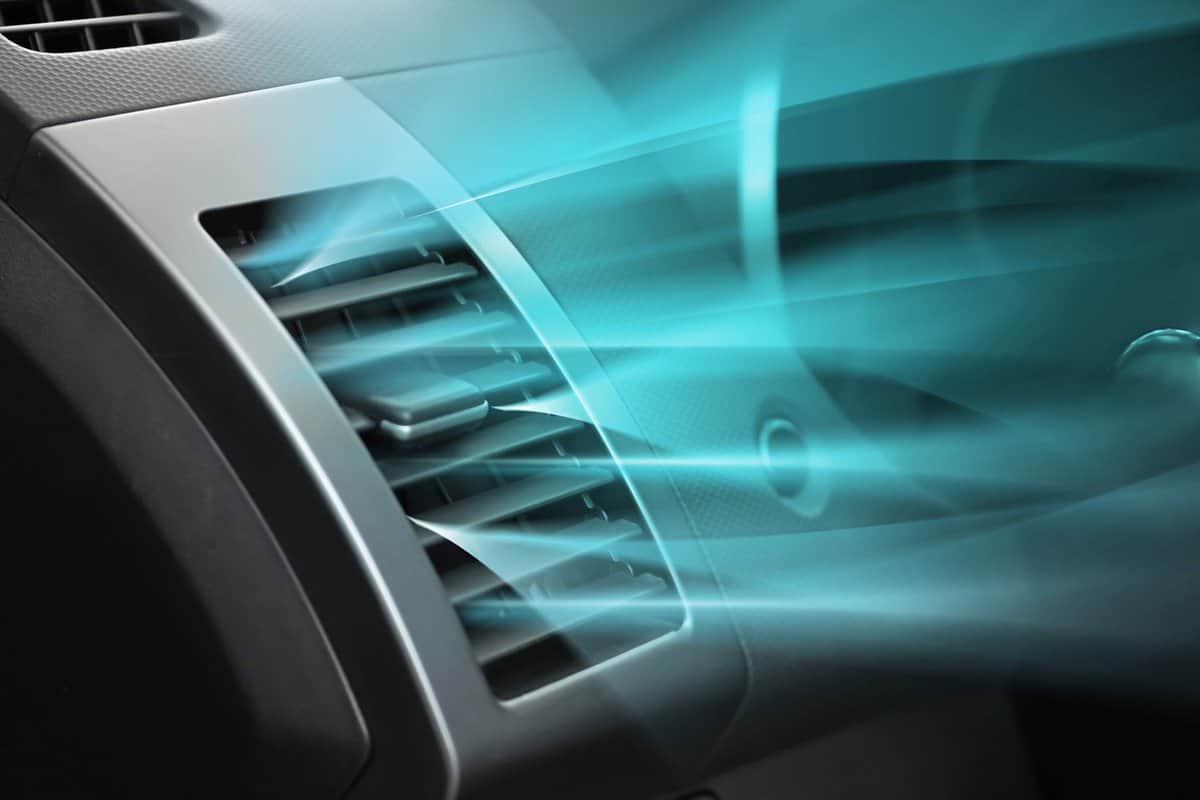
Most of us have heard our fans kick on while we are at a red light or stopped in traffic. If your radiator fan is not engaging, then you should probably check and see what's causing it not to function correctly. In the case of vehicles with electric fans, the first thing that you will want to do is turn the car off. You should then locate the fan for your car; it should be on a shroud covering one side of the radiator. Follow the wires down to the fan motor in there should be an electrical connection; you'll want to make sure that that is connected.
If everything is fine with your electrical connection on the fan, you will then want to locate your owner's manual and find the fuse diagram that will show you which fuse controls the electrical system that the fan is connected to. If the fuse is blown, then replace it.
Air in the Cooling System
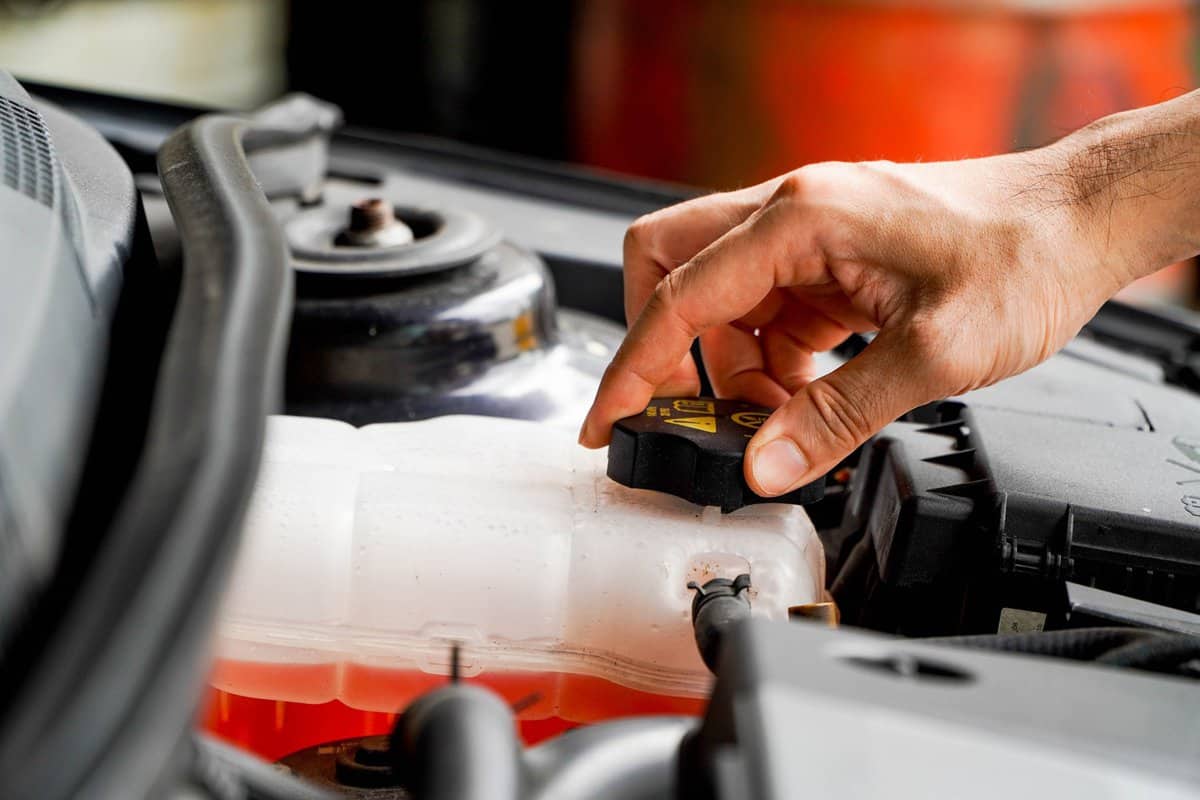
As discussed previously, your vehicle should have a certain amount of coolant in it if you checked your coolant level and noticed that there are a large number of bubbles in the radiator or the recovery tank that means that you may have a leak. If you have recently had work done on your vehicle, it may mean that there was not enough coolant, and air bubbles are trapped in the cooling system. You will want to top the system off but do not overfill it.
An excellent way to test for leaks in your cooling system is to wait until the vehicle has sufficiently cooled off, then locate the hoses that run to different sections of the radiator. There's one on the upper portion of the radiator and one on the lower part of the radiator. The one on the upper portion of the radiator is typically easier to find. Then gently squeeze the hose. If there is any give, or you can hear air seeping into the system, that means there's a leak.
Bad Belt
Some vehicles, particularly older ones, have a fan that's connected to the radiator that is driven by a belt. If this belt breaks or malfunctions, then the fan will not spin, and it will cause the temperature of the vehicle to rise while it is idling. If your temperature gauge rises and you drive an older car, safely pull the car over and allow it to cool down.
Open the vehicle's hood, and you should be able to locate the belts. They run on either one or the other side of the engine across a pulley system. Locate the fan that covers your radiator. If there is an empty pulley and there should be a belt, then the belt has snapped. Often you may find pieces of the belt lying inside the engine compartment. You will need to replace the belt then.
Cracked Hoses
If any of your hoses have cracks in them, then coolant can escape, and air can enter the system. This will often cause the temperature gauge to fluctuate.
Is It Safe To Drive With A High Vehicle Temp
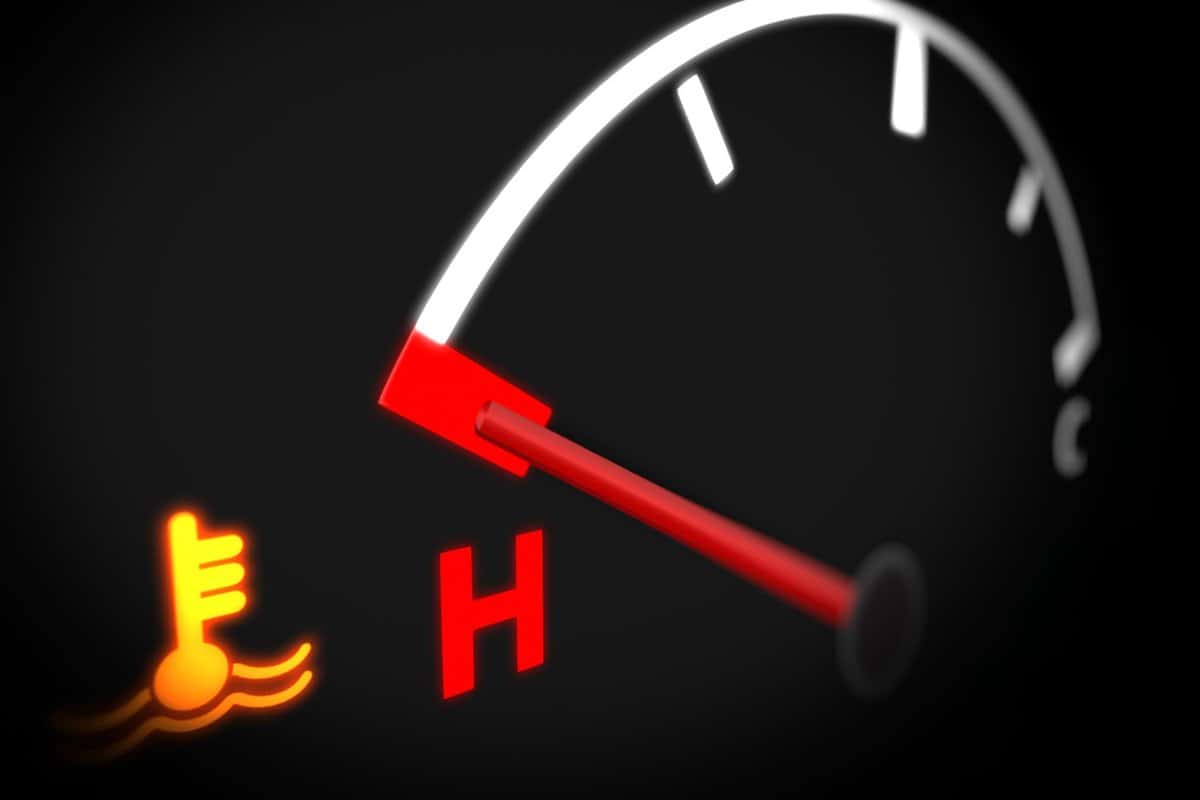
The answer to this question is going to depend on several factors. Take these into consideration when determining if you should continue to drive. Does the temperature keep climbing, or is it just riding higher than usual?
The temperature gauge in your vehicle has a wide operating range. If the temperature has only gone up a little while at an idle and does not climb, you will probably be ok for a short distance. It would be a great idea to get home or to a service station and check your coolant. Check out this great article for maintenance tips.
Is The Engine Misfiring or Making Noise?
If your temperature gauge rises while at an idle speed and your engine misfires, you will need to shut the vehicle down until the problem can be diagnosed or repaired. The rising temperature of your car can cause the metal parts of the engine to heat up much faster, especially if there is a direct problem with your cooling system. This may also happen in the case of oil-related issues.
Are There Any Odd Smells Coming From Your Vehicle?
Different smells often accompany a rising temperature gauge. These are caused by the distribution of heat through various systems of the vehicle. If you smell coolant or any out of place scent, you should shut the car down and try to locate the cause. The first thing that you will want to check is the oil and coolant levels in your vehicle.
What Are The Symptoms Of a Bad Thermostat?
The usual symptoms of a bad thermostat include a rapidly rising temperature gauge, erratic swings in the temperature of your vehicle, visible coolant leaks around the thermostat housing, or a puddle of coolant under the car.
Can Low Oil Cause Overheating?
Yes, low oil can cause overheating. If you checked everything else and you still haven't been able to locate the cause of the overheating, you should probably check your dipstick. Even though your vehicle has coolant in it, oil removes 70 to 80 percent of residual heat. This can be a significant cause of overheating. Check out this awesome article on driving with low oil.
What are the effects of driving with low oil?
Can Bad Spark Plugs Cause The Engine To Overheat?
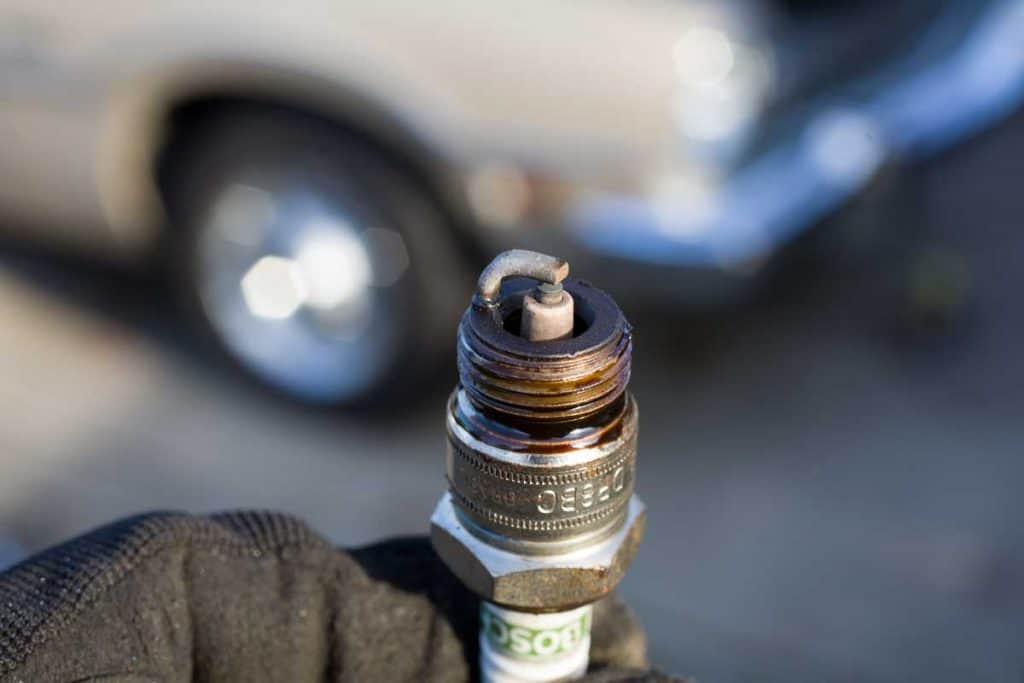
Though it is often less noticeable as an issue with the cooling system or the oil system in your vehicle, inadequate or poorly performing spark plugs can cause your engine to run hotter. Your vehicle's temperature gauge will run hotter, but typically this will not cause your car to overheat. When combined with issues in another system of the vehicle, this can be a contributing factor.
Can A Bad Thermostat Cause A Blown Head Gasket?
Yes, a bad thermostat can cause a blown head gasket. If the thermostat fails and gets stuck closed, then it will stop the coolant from flowing through the engine appropriately. The temperature should climb very rapidly if this is the case.
If you don't pay attention to it and it runs too hot for too long, the gasket in the heads of the vehicle can go bad. Typically this is not going to happen immediately. It may take some time, but it is not suggested to be driven on.
Why Is My Car Running Hot But Not Overheating?
There are several reasons that your car could be running hot but not overheating. You may have just enough coolant in your system to keep the temperature gauge from climate to dangerous levels. There may be just enough oil in the vehicle to keep it lubricated but not remove enough of the heat. Or if you are driving down the road, the air flowing across the radiator may be removing enough of the heat to keep the temperature gauge down.
How Can I Cool Down My Engine Fast?
The answer to this road depends on your situation if you are in the vehicle, and the temperature is heating up. If you are stuck in traffic, you can always put it in neutral and press the gas a couple of times, hoping that that will get the water pump to move and open the thermostat.
If you are driving and you need to get somewhere safe to determine what the problem is, you can turn the heat up. The heater will draw heat away from the engine and pump it into the vehicle. Be prepared to get hot. There is no quick-fix to cool the engine down.
Can I Pour Water On My Engine To Cool It Down?
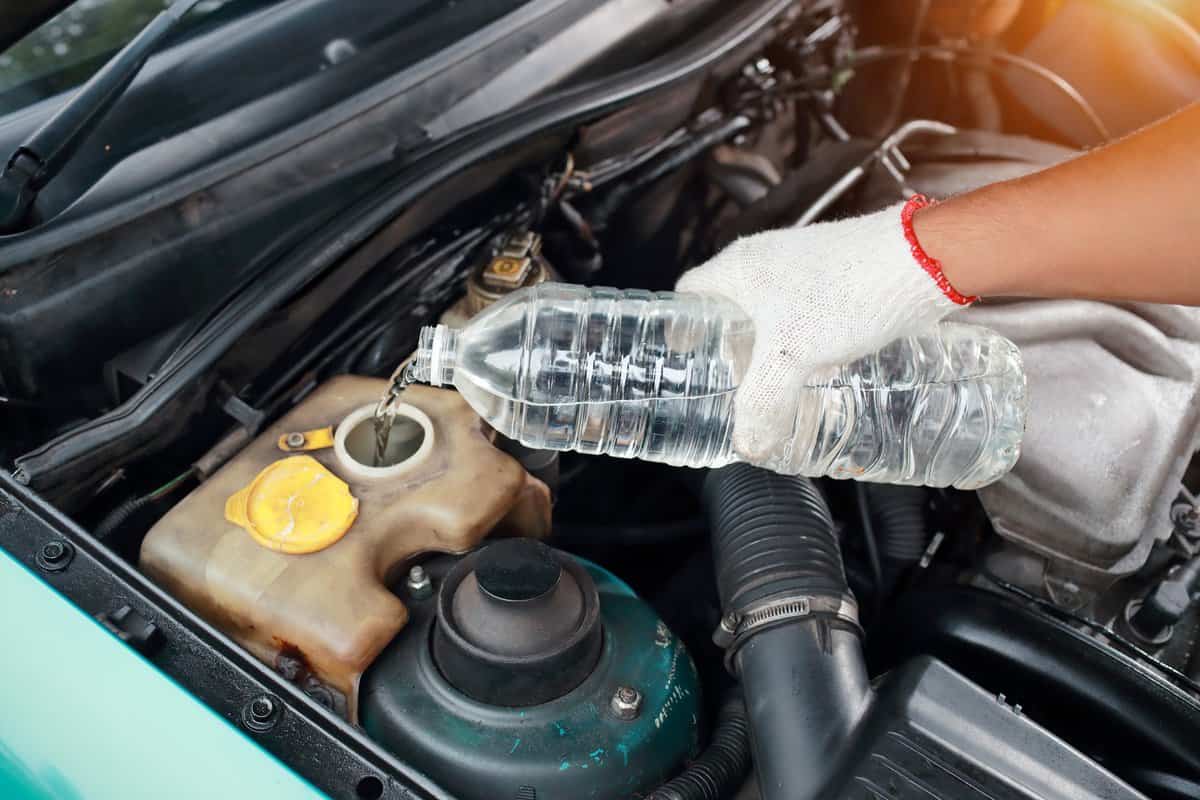
You do not want to pour water on a hot engine to cool it down. By doing this, the heat transfer from the engine into the water will cause certain portions of the engine to crack and break. Do not add coolant to a hot radiator; you must let the vehicle cool to a reasonable temperature before adding any fluids. Failure to follow these suggestions may lead to costly repair bills.
Having your temperature creep up on you when you're sitting at idle can be a disconcerting thought. Now you have a better idea of what to expect when you go to troubleshoot the problem. Hopefully, it's something that can be fixed and allow you to get to your next destination safely.
Always remember if you are in danger, or it is outside of your skill level, you should call a tow truck and have a professional look at the vehicle.
![Car Overheats When Idling - What Could Be The Matter? [And How To Fix It]](https://vehq.com/wp-content/uploads/2019/12/Car-Overheats-When-Idling-What-Could-Be-The-Matter-And-How-To-Fix-It-683x1024.jpg)
